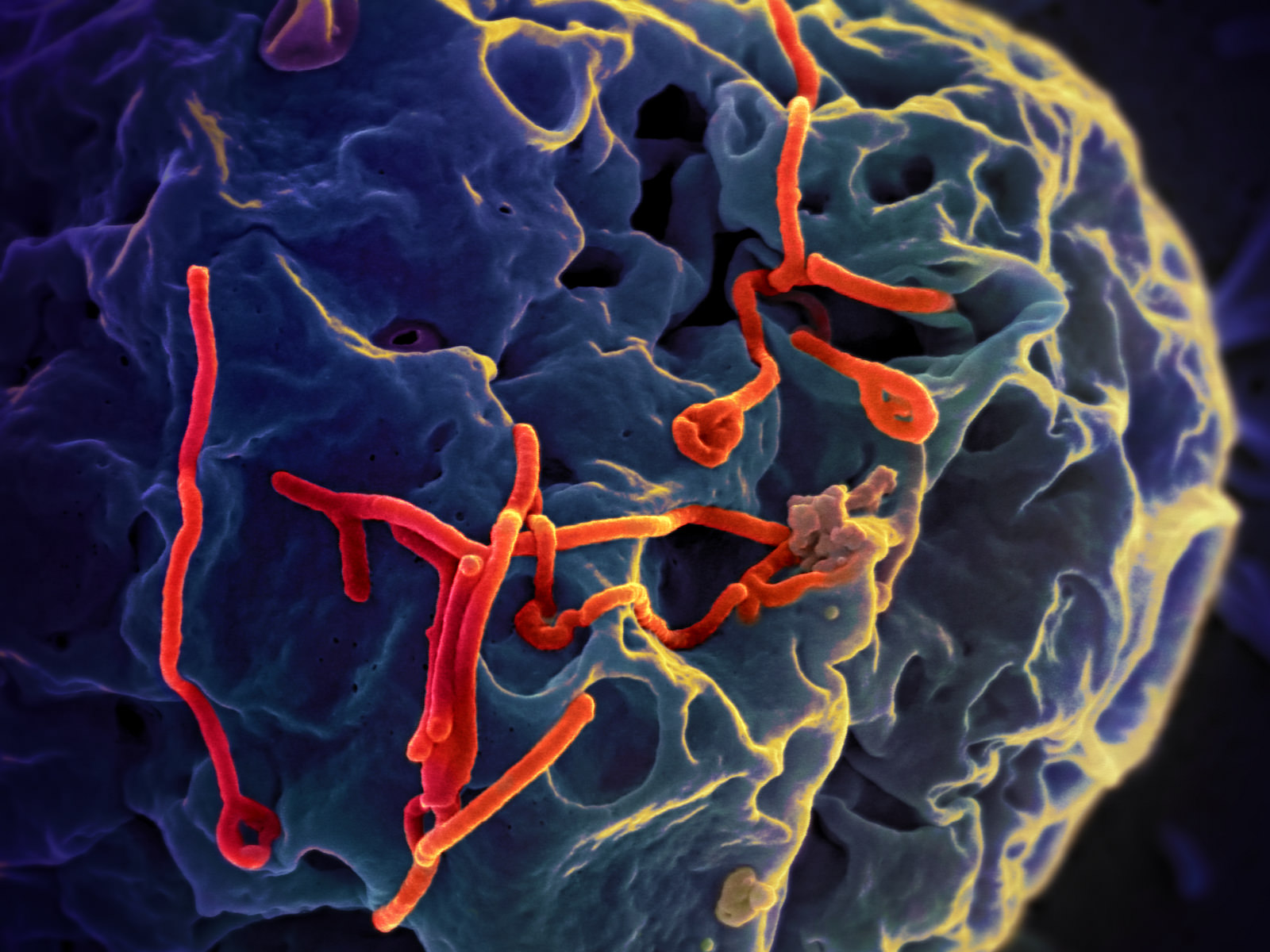In the 14 months since the onset of the West Africa Ebola Outbreak, the Center for Disease Control (CDC) estimates 27,345 individuals have been infected by the disease with more than 11,000 lives lost to this illness. The illness has spanned the global, affecting people from 10 countries on three separate continents.
While the volume of suspected cases and deaths have dropped significantly in the past two months, the outbreak is still rampant. Since May 3, more than 700 cases have been discovered while 164 deaths have been confirmed from the virus.
The CDC states on their online information page about the 2014 West Africa Ebola Outbreak that they have controlling measures in place for many of the affected countries. But the question can be asked if this over, or if this is the calm before the storm?
Right now, it’s too soon to tell.
As the recent slowdown suggests, counter measures to control this virus have been effective. Eight of the 10 countries do not have any confirmed or suspected cases of Ebola since May 9. Liberia, for example, had over 10,600 cases reported since March 2014. Yet in the last six weeks, only two existing cases of the disease ended in fatality, and there are no new cases of the disease have emerged.
But the opposite argument can also be made. Almost all new deaths and cases have been confined to the countries of Sierra Leone and Guinea within the previous six weeks. New cases are confirmed daily, and the healthcare systems in these countries have not been prepared for the size and scope of this outbreak.
Further, debate upon the ways of transmission still remains. The World Health Organization (WHO) has identified 5 ways that the disease can transmitted, including through human contact with infected human’s blood or other body fluids or through animal bites to humans. However, research has been inconclusive about sexual transmission.
One research subject showed that 82 days after being in remission, active strains of the virus can remain in semen. This means that sexual intercourse – which was previously not assumed a method of contracting the diseasing – could also lead to transmission of the Ebola virus.
With so many questions remaining about how the disease is contracted and no immediately end in sight in two countries, this very well could be the calm before the storm.



